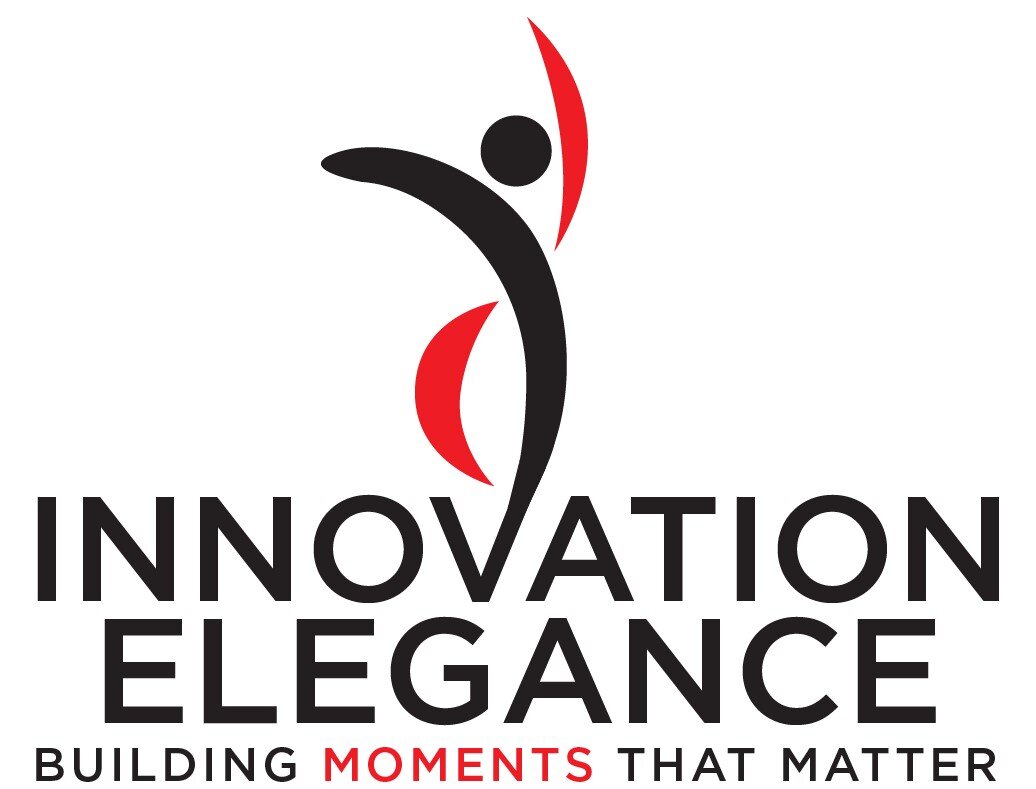A Steering Committee is Counterproductive
Despite positive intentions, bundling a group of people into something labeled a “Steering Committee” (SC) breeds culture traits of ambiguity, disposability, and high cost. Consider if you can achieve the same objectives by assigning those professionals in ways that reduce cost and increase clarity, durability and specialization.
Consider a typical SC as six people – all highly-paid. Typically, a company tasks them with some combination of the following: meet, talk, oversee, guide, govern, and of course “steer.” These verbs have a lot of ambiguity. Ambiguity hurts a team’s speed. To be able to work with ambiguity is a skill. To willfully perpetuate ambiguity sets people up to fail. To prevent a SC from slowing down teamwork, task them with high clarity, i.e., choose less ambiguous verbs than the list above.
If a SC has ONE task, it is to meet. Meetings are a communication channel with high disposability. The value of every SC meeting X months ago has depreciated and no longer holds value to the company today. For a SC to do work that has durability, the work must involve documentation that is outside email (email is another disposable, depreciating communication channel). If a SC contributes to durable work, it contributes to quality. If a SC solely does disposable work, it hurts quality.
Meetings and email (disposable) have the opposite cost profile as documentation-outside-email (durable). Meetings and email have low upfront cost (yay!) and high marginal cost. Documentation has high upfront cost (grumble) and low marginal cost. Low intensity teams survive high marginal costs. High intensity teams suffer with high marginal costs, i.e., traffic jams of activity, meeting gridlock, and email overload. High intensity teams need low marginal cost which means they need to emphasize the communication channel with low marginal cost, i.e., documentation-outside-email. A SC doesn’t emphasize documentation, so it’s high marginal cost.
Ideally, a SC of six people has diverse contributions to the teamwork. For example, diverse contributions could span stakeholder segments, lines of business, finance, marketing, sales, legal, and technology. A SC is prone to simplistic, mindless assignments for all six people to attend as many meetings as possible. The tenet, “Everyone doesn’t need to attend every meeting” applies to SC individuals. Regardless of title, be judicious and mindful of assignments to leverage specializations. Instead of using a sledgehammer for assignments, use a scalpel. Thoughtfully play matchmaker with the skills of these six people.
A SC puts these six people on a pedestal. A SC is a clique. SCs feed egos. Egos hurt a team’s speed. SCs cultivate exclusivity. Exclusivity breeds internal haves-versus-have-nots, divisiveness, and internal competition. SCs don’t encourage delegation of decisions or tasks to junior employees. Having a SC as a fixture keeps costs high.
A typical SC member has a jammed schedule. Last-minute conflicts and cancellations are common. Skipping a meeting hurts speed and quality of the work, and poor accountability rarely has consequences.
If you want governance, oversight, and “steering,” assign these expensive individuals …
not as a bundle (muting their specialty) but as individuals (mindful of their specialty)
not to meetings but to durable work, i.e., documentation-outside-email (Draft, Review, Revise, Approve, Distribute)
not to a pedestal but to delegate tasks and decisions to free themselves up for other high-value work
A Steering Committee shapes a culture of ambiguity, ego, exclusivity, disposability, and high cost. Avoiding a Steering Committee maximizes speed, quality, inclusivity, durability, and investment in junior employees.




